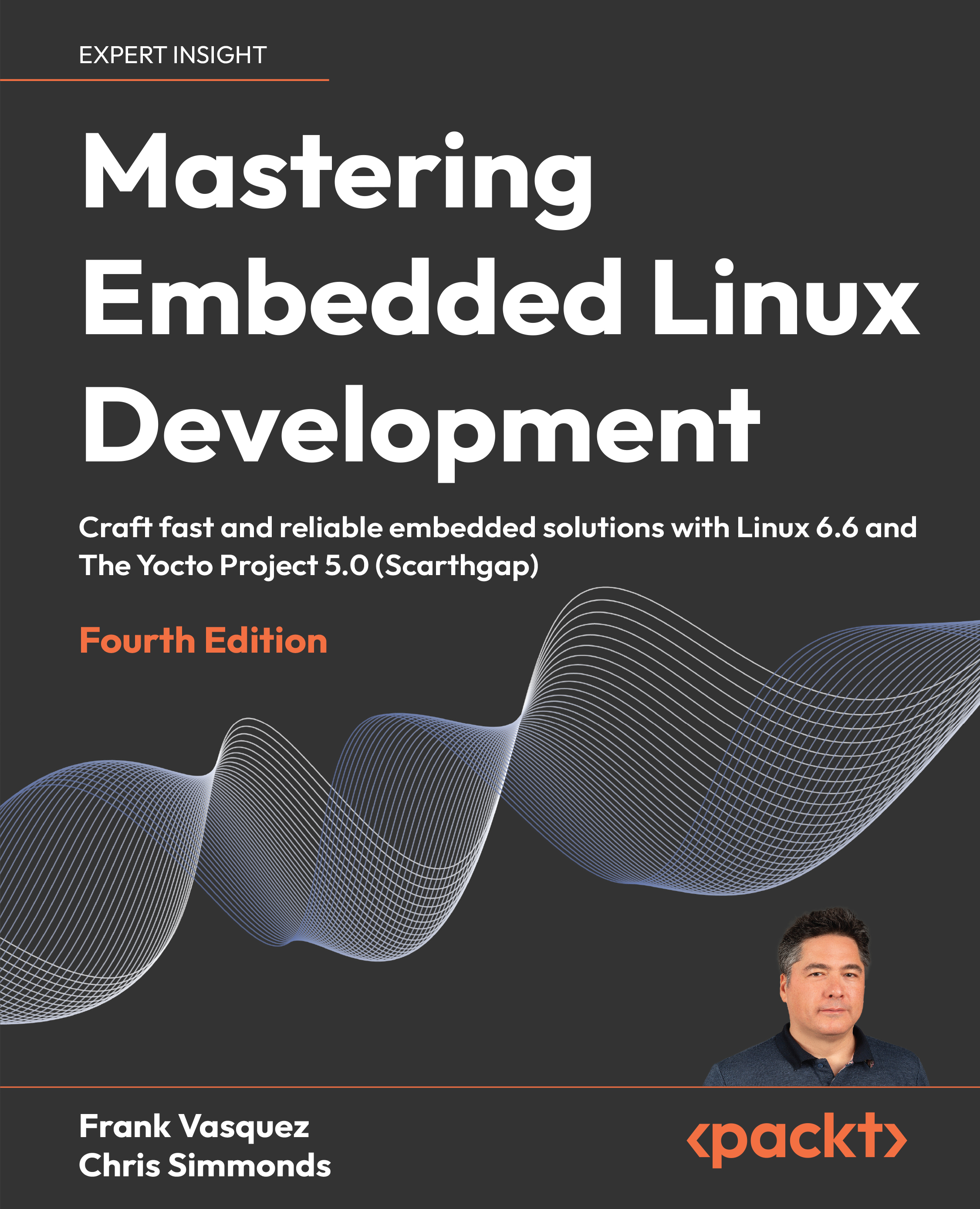Filesystems for NOR and NAND flash memory
To use raw flash chips for mass storage, you have to use a filesystem that understands the peculiarities of the underlying technology. There are three such filesystems:
- JFFS2 (Journaling Flash File System 2): This was the first flash filesystem for Linux and is still in use today. It works for NOR and NAND memory but is notoriously slow during mount.
- YAFFS2 (Yet Another Flash File System 2): This is like JFFS2 but specifically for NAND flash memory. It was adopted by Google as the preferred raw flash filesystem on Android devices.
- UBIFS (Unsorted Block Image File System): This works in conjunction with the UBI block driver to create a reliable flash filesystem. It works well with both NOR and NAND memory. Since it generally offers better performance than JFFS2 or YAFFS2 it should be the preferred solution for new designs.
All of these use MTD as the common interface to flash memory.
JFFS2
The Journaling...



























































